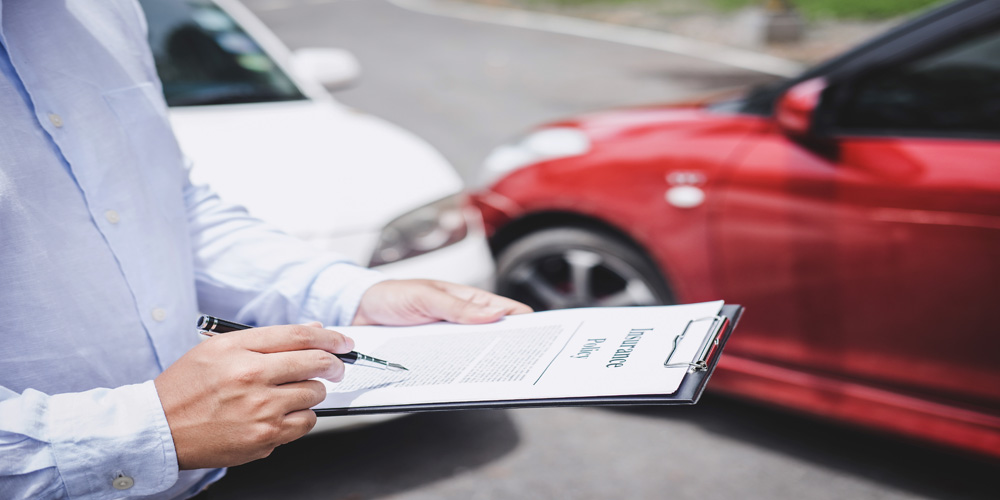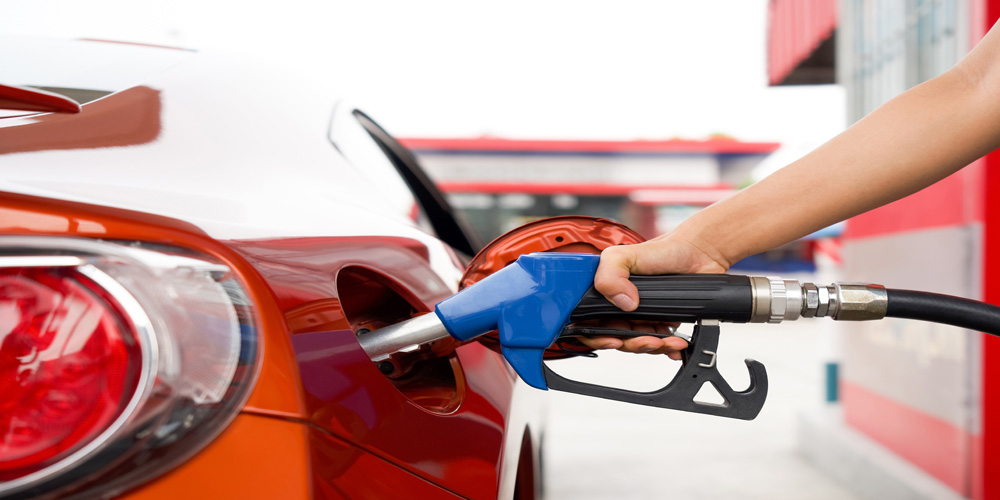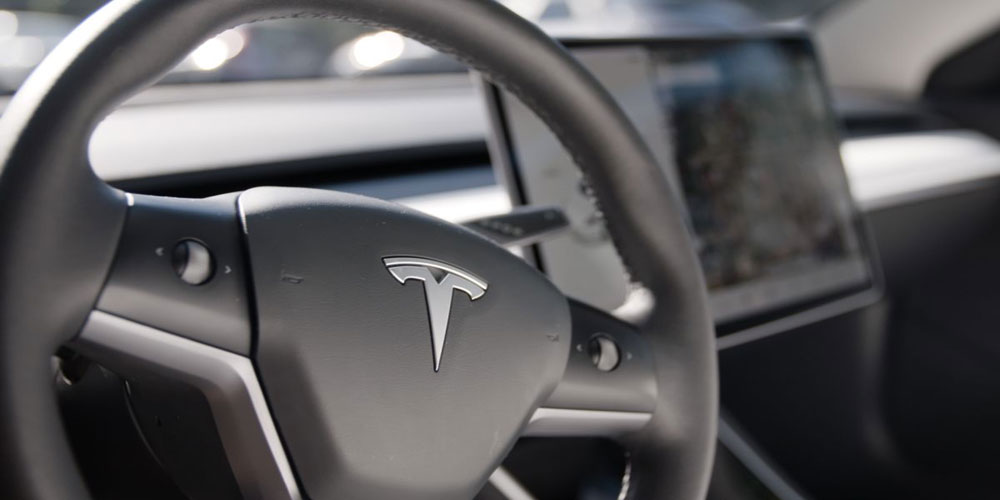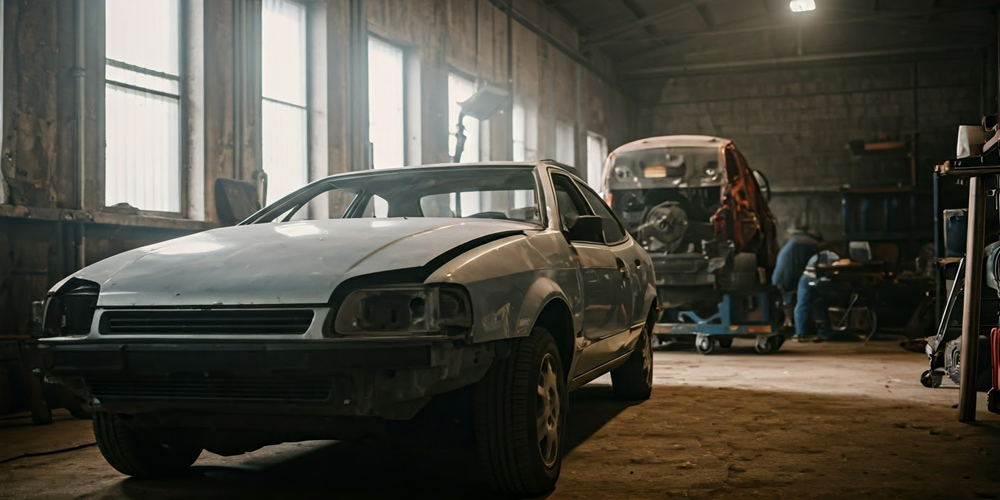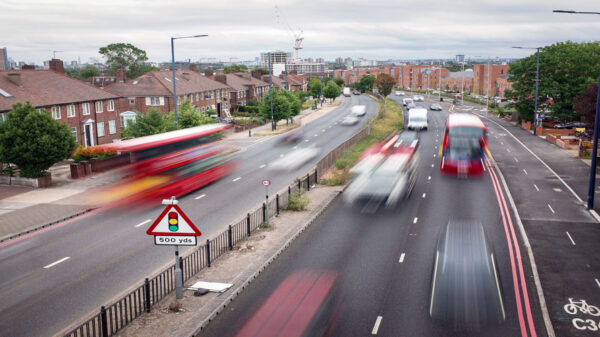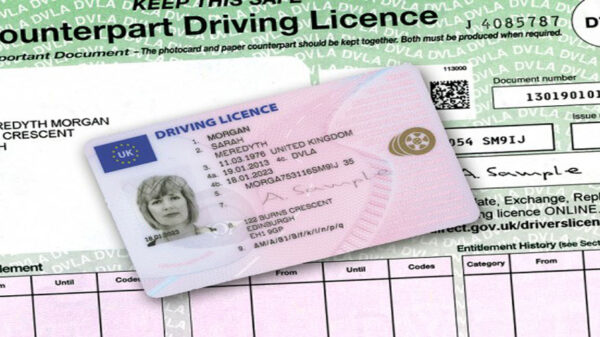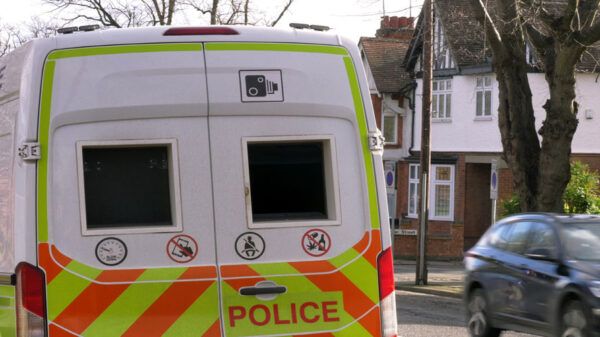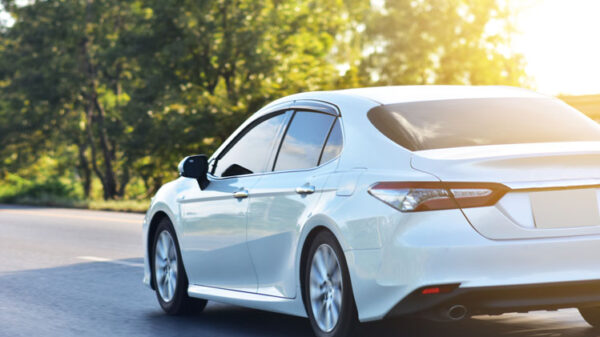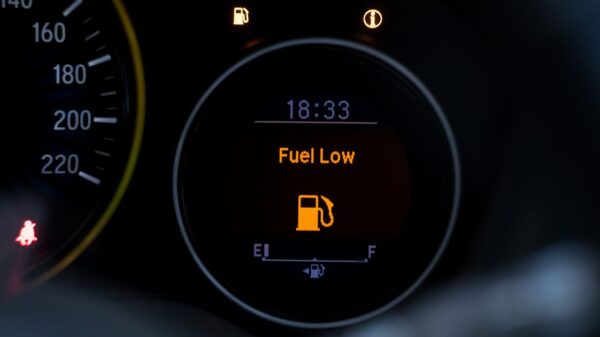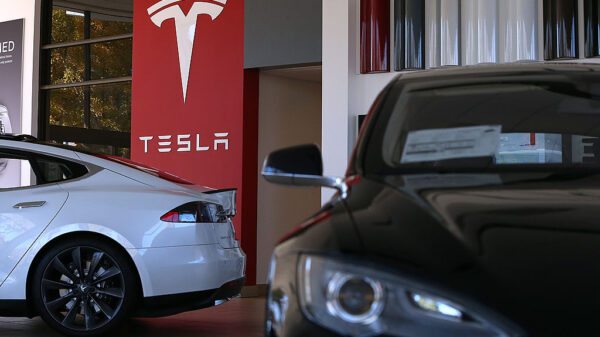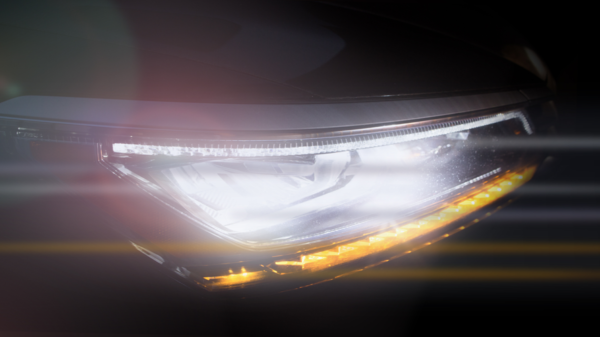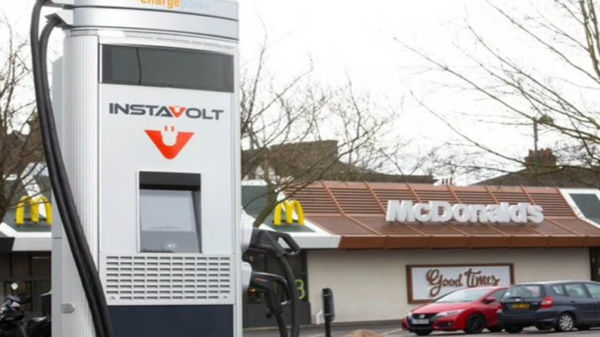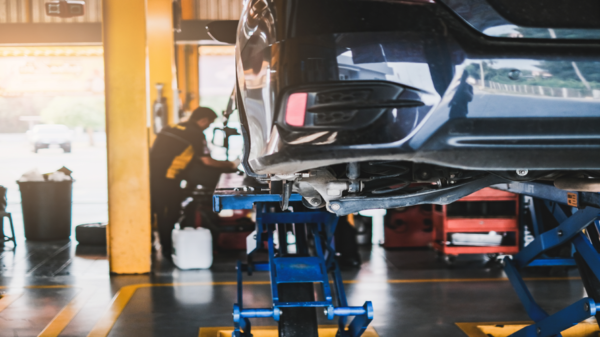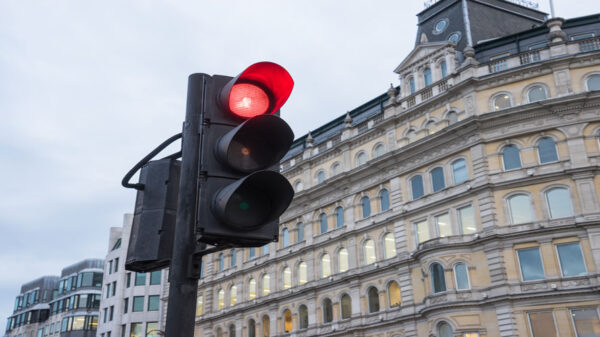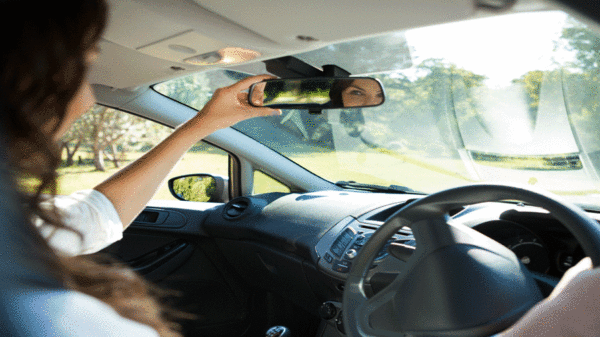Car Insurance Groups Replaced with Vehicle Risk Ratings
Car insurance is set to be overhauled as the traditional insurance group ratings for new cars are replaced by a new ‘Vehicle Risk Rating’ scheme. The new scheme, which came into effect for new cars registered after 1st August 2024, assesses each car for five risk areas and provides individual category scores for its performance, damageability, repairability, safety and security.
Thatcham Research, the insurer-funded automotive risk intelligence firm, describes the major change as “a more comprehensive and dynamic framework for evaluating vehicle risks.”
Unlike the old Group Rating system where the rating was set only at the car’s launch, a car’s Vehicle Risk Rating (VRR) can go up or down over time, increasing or decreasing its insurance costs.
The Vehicle Risk Rating replaces the old scheme whereby a car was given a rating between 1 and 50, roughly determining how much it will cost to insure. However, all cars registered before 1st August 2024 will continue to use the old system.
“New technology is challenging the existing motor insurance model, prompting an unprecedented shift in the balance of risk from the driver to the vehicle,” said Jonathan Hewett, Chief Executive of Thatcham Research. In response, we’ve worked closely with insurance, drawing upon cutting-edge data analysis to create a rating system that offers a more precise and detailed assessment of vehicle risks. This will not only help insurance price premiums more accurately but also encourage manufacturers to consider insurance outcomes when designing vehicles.”
It’s also hoped the Vehicle Risk Rating will provide more transparency and detail for buyers looking to keep insurance costs down. A score of between 1 and 99 is awarded for each of the five categories, outlined by Thatcham Research below:
>>> Performance – Evaluates vehicle characteristics such as speed, acceleration, and the impact of modern powertrains.
>>> Damageability – Assesses how design, materials, and construction influence repair costs and damage severity.
>>> Repairability – Focuses on the ease and cost of repairs, encouraging repair-friendly vehicle designs.
>>> Safety – Analyses active and passive safety systems, including crash avoidance features.
>>> Security – Examines physical and digital security measures, leveraging Thatcham Research’s New Vehicle Security Assessment expertise.
The ‘repairability’ category is particularly significant, contributing strongly to the overall VRR score. It comes after the Association of British Insurers (ABI) reported repair costs for claims are up 28% on 2023’s numbers. Thatcham has also stated that EVs are “approximately 25% more expensive to repair than their petrol equivalents and take 14% longer to fix”.
While the Vehicle Risk Rating system has launched this week, it will run alongside the existing Group Rating system for 18 months to allow insurers and manufacturers to adjust. The VRR system will then become the sole reference for new cars going forward.


